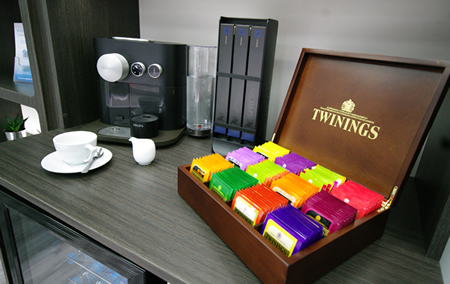Dental bridges can:
A fixed bridge is made up of one or more dental crowns that are supported by teeth (also known as abutments) on one or both sides of the gap.
The false teeth that fill the gap are called pontics and can be made from gold, alloys, porcelain, or a combination of these materials.
Dental bridges are supported by natural teeth or dental implants and there are two types of fixed bridges available known as traditional and cantilever bridges.
Traditional bridges are used when there is an adjacent tooth on either side of the gap. A crown is placed on these supporting teeth, with a pontic in between.
Traditional bridges are made from either porcelain fused to metal or ceramic materials.
Cantilever bridges are used when there is an adjacent tooth on only one side of the gap, or when only one adjacent tooth can be used to support the bridge.
Fixed dental bridges generally require two visits to the dentist. The abutment teeth must first be prepared and this is carried out during the first treatment appointment.
Just like the preparation of a dental crown, it involves re-contouring the supporting teeth, to allow room for the bridge to be placed over them. Impressions of the teeth are then taken, and these serve as a model from which the bridge, pontic and crowns will be manufactured by a dental technician. Before the new dental bridge is created and fitted, a temporary bridge, or crowns, is placed in position in order to protect the exposed teeth and gums.
During a second visit, the temporary bridge, or crowns, is removed, and replaced by the new porcelain or metal bridge. The new fixed bridge is then checked and adjusted to achieve a proper fit before being finally cemented onto the supporting teeth/tooth.
At The Dental Gallery, we also offer Maryland bonded bridges. These are sometimes known as adhesive or sticky bridges. They consist of porcelain, porcelain fused to metal, or plastic teeth, supported by a metal or porcelain framework, with metal or porcelain wings.
These wings are simply cemented to the back of one or two supporting teeth adjacent to the gap.
With adhesive bridges there is no need to re-contour the supporting teeth, so they are less destructive; however, they tend to be less durable than a fixed bridge.









